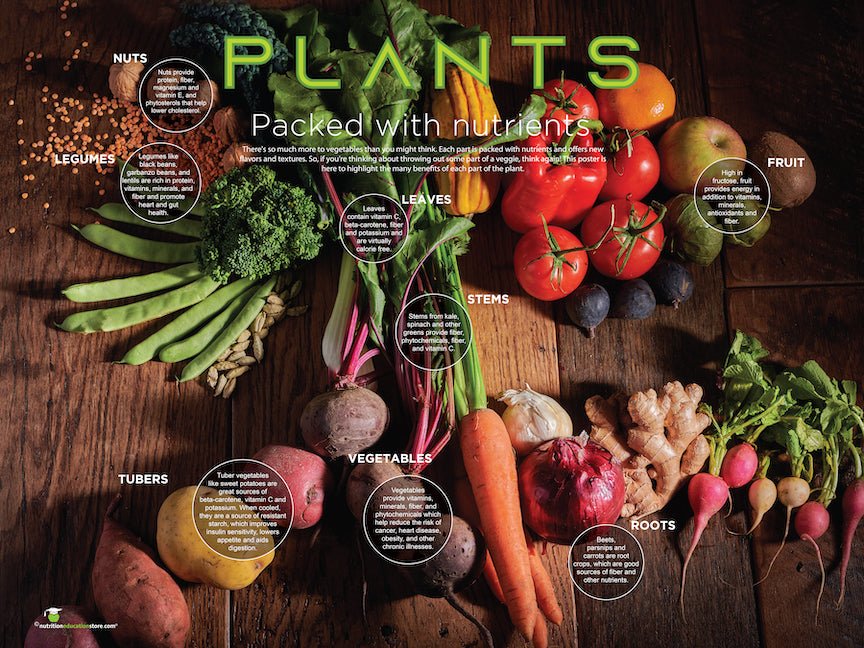Gut health and microbiome are hot topics that go together. Like most hot topics, there’s a lot of misinformation out there. Teach your audience the facts with our Microbiome and Gut Health PowerPoint show.
Our presentation covers all the basics, answering the questions your clients are asking:
- What exactly is the microbiome?
- What factors affect the microbiome?
- Can I change my microbiome?
- How does my microbiome affect my health?
- What foods play a role in a healthy microbiome?
- What are probiotic supplements and should I take them?
Our PowerPoint show has everything you need for an interactive, informative class on the microbiome. We give you many options so you can adapt the presentation according to your audience, time-frame, and available technology. Purchase our show or use our ideas in yours to include:
- “Taking Care of Your Gut” – a handout your clients can take home with them.
- Click a link to watch all or part of “How our microbes make us who we are,” a TED Talk by Rob Knight, PhD.
- A pop quiz to engage your audience and see what they’ve learned.
- Click on a variety of links to access the latest research and information. Nature has a great one here.
Research on the microbiome is exciting, but there’s still a lot to learn.
The bottom line: Your best bet for a healthy gut is to eat more high fiber, plant-based foods, and less processed foods and high-fat animal products. Yep, a plant-based diet wins again!

















